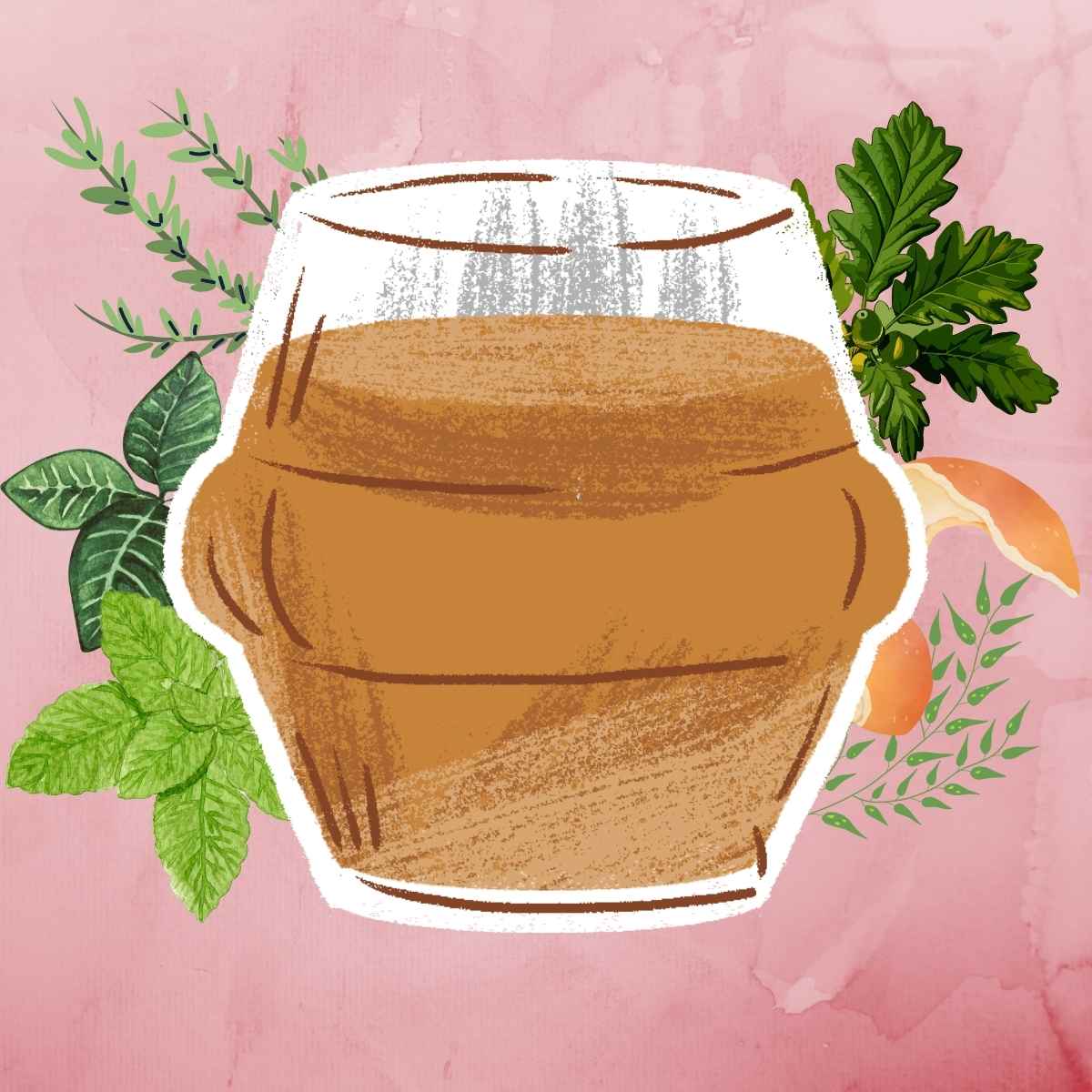Amaro is the Italian term for bitter, but the liqueurs from the Amaro family a more than just that. Amari are herbaceous liquors packed with plenty of flavors. Some types are light and floral, others bold and strong with distinct herbal notes.
It's a category of liqueurs that's hard to grasp and almost impossible to describe. The range of ABV starts at 11% and goes up to 40%. The color ranges from bright orange or red to brownish-tawny tones. Also, the level of bitterness, their primary attribute, varies from slightly bitter notes to an excessively bitter taste.
Follow us on this journey to find out everything there's to know about Amaro.
What is Amaro?
Amaro liqueurs, the Italian herbal liqueurs with a distinct bittersweet taste, are an integral part of Italy's culture and history. They are made by infusing an alcohol base, like grape brandy, wine, or a neutral spirit, with a selection of herbal ingredients.
Monks produced these herbal and alcoholic concoctions as early as the 13th century. Back then, Amari (plural of Amaro) were used as medicine due to their digestive properties and healing benefits. The recipes were closely guarded and still are today.
The base of an Amaro
The base spirit of an Amaro can be any alcohol. In most cases, it is grape brandy (in Amaro Nonino), wine (in Cardamaro), or neutral spirits (Amaro Meletti).
How it's made
Amaro liqueurs are made by infusing a variety of herbs, flowers, bark, and roots into alcoholic liquids. These botanical ingredients can be anything from orange or lemon peels, petals, spices like cinnamon or cardamom, artichokes, or herbs like mint, thyme, etc.
This infusing process can take anywhere from a couple of hours to weeks, depending on the brand and the specific product. After that, the liqueurs are sweetened and sometimes aged. The aging process again varies from a few days up to multiple years.
Taste
Like the ingredients and the base spirits, the taste range of Amari is massive and heavily depends on the specific brand and bottle. However, all Amaro will feature a distinct bitter note paired with a more or less pronounced sweetness. The level of bitterness can be subtle, as in Aperol, or intense, like, for instance, in Fernet Branca.
What's the color of Amaro liqueurs?
There's a whole palette of colors Amari can have. Depending on the base spirit, added sugar, and ingredients, the shade of an Amaro can range from bright red and orange to dark tawny brown.
ABV
The ABV of a typical Amaro ranges between 25% and. 32% ABV. But there are some that contain significantly less like Aperol (11% ABV), Vecchio Del Capo Amaro (15%), or Ramazzotti Aperitivo Rosato (15%) and others that are way above average like Fernet Angelico (44% ABV).
The different types of Amaro liqueurs
Amari can be classified into different categories. In most cases, unique ingredients or regional traditions define the type. Examples are Aperitivo, Alpine Amari, Tartufos, Vermouths, light, and medium Amari, to list the most important ones. You can find a more detailed overview in this article on the different Amari.
History
The roots of these herbal concoctions go back as far as 400 BC. At this time, spices and knowledge on how to use them in beneficial ways for the human body arrived in Salerno, Italy. Later, Antonio Mazza, a medical professor, founded Medica Salernitana there, the first medical school to grow, study, and experiment with herbs.
The herbal Amaro as we know it today most likely originates in medieval Italy. Monks in monasteries all over Italy produced alcoholic tinctures infused with herbal ingredients for medical use.
Over time the recipes developed, and people began consuming the herbal liqueurs for pleasure. In the 1800s, around the time bitters were invented (in England), Amaro was produced commercially for the first time.
Popular brands
This category of Italian bittersweet herbal liqueurs is full of famous brands and products. -Some primarily consumed in mixed drinks, others usually served neat or on the rocks.
Here are just some of the currently most popular Amaro brands:
- Aperol
- Averna
- Campari
- Carpano Antica Formula
- Fernet Branca
- Meletti
- Montenegro
- Nonino
- Ramazzotti
How to drink
The traditional way to drink an Amaro is as a digestif on the rocks served with half a slice of orange. Averna, Montenegro, Ramazzotti, and Nonino, are all excellent for this.
Other Amari are favorable in mixed drinks and cocktails. Campari in Negroni, Aperol in the Aperol Spritz, or Vermouth in a Manhattan or Americano cocktail; -There are seemingly endless possibilities.
Spritz cocktails, often served as aperitif cocktails before dinner, are the most common way to consume these herbal liqueurs. Besides the classic Amaro Spritz, you can try variations like our Amaro Spritz (split-base of two Amari), Negroni Spritz, or Aperol & Elderflower Spritz. -Just remember to apply the classic 3-2-1 ratios (bubbly, Amaro, soda in that order) for Spritz cocktails to get a refreshing drink.
FAQs
An Amaro is an Italian herbal liqueur sweetened with sugar and infused with various plants, herbs, roots, flowers, barks, citrus rinds, and spices.
Amari are terrific digestif, thus often paired with Italian desserts like Panna Cotta, Crostata, Tiramisu, Cassata Siciliana, and Cannoli.
No, Campari is a specific brand of Amaro liqueurs that belongs to the sub-category of Aperitivos.
Even though they sound similar and mean similar things, Amaro and Amaretto are not the same. Amaretto is a sweet almond-flavored liqueur, whereas an Amaro is known for its distinct herbal and bitter taste.

